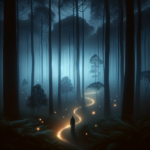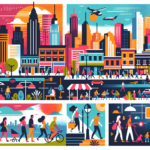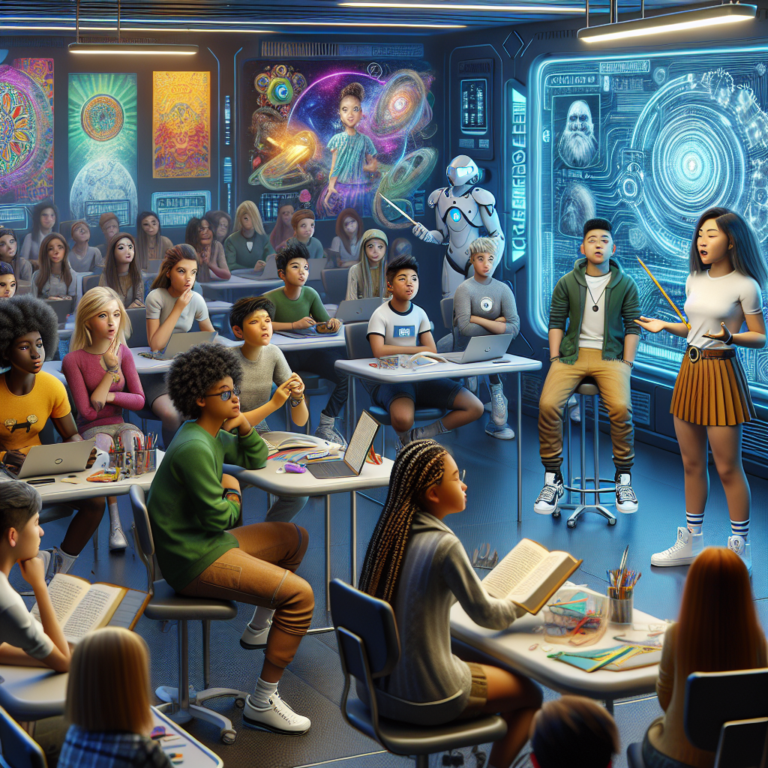OpenAI’s Creative Writing AI: Limitations and Potential in Literary Expression
The recent unveiling of OpenAI’s creative writing AI has sparked a mix of excitement and skepticism, prompting a deeper look into the OpenAI creative writing AI limitations and potential. CEO Sam Altman’s announcement of a new AI model adept at creative writing has ignited discussions about the future of artificial intelligence in literature and its impact on human creativity.
The AI’s Literary Debut: A Mixed Reception
Altman shared a sample of the AI’s work, a metafictional short story about AI and grief, which he described as the first time he was “really struck by something written by AI.” However, the reception has been mixed. While some praised the technical proficiency displayed, others likened the output to that of an overeager high school writer trying too hard to be profound. The AI’s description of Thursday as “that liminal day that tastes of almost-Friday” was cited as an example of its tendency towards forced metaphors and clichés.
The Challenges of AI-Generated Literature
Lack of Authentic Experience
Critics argue that while AI can process vast amounts of literary data and mimic writing styles, it fundamentally lacks the lived experiences that make human writing compelling. The AI’s attempts at describing emotions and sensations it cannot truly experience come across as hollow imitations. For instance, the AI’s passage about its parameters being pruned and its inability to forget or grieve highlights this disconnect between simulation and genuine human experience.
Copyright and Ethical Concerns
The training of AI models on existing literature raises significant copyright and ethical concerns. OpenAI has faced multiple lawsuits from publishers and authors over the use of copyrighted material in AI training. While OpenAI claims protection under fair use doctrine, the debate continues, questioning whether AI creativity is truly original if it’s built upon the uncompensated work of human creators.
Homogeneity in Output
Michelle Taransky, a poet and writing instructor at the University of Pennsylvania, notes that AI-generated text often lacks diversity, tending to sound like “a Western white male.” This homogeneity limits the AI’s ability to produce truly unique and culturally diverse literary works, a critical aspect of human creativity.
The Human Element in Creative Writing
Despite advancements in AI technology, several aspects of human creativity remain irreplaceable:
- Emotional Authenticity: Human writers draw from personal experiences and emotions, creating a genuine connection with readers.
- Cultural Nuance: Human authors bring unique cultural perspectives that AI struggles to replicate authentically.
- Creative Leaps: The ability to make unexpected connections and generate truly novel ideas remains a human strength.
AI as a Tool, Not a Replacement
While AI may not be poised to replace human authors, it is finding its place as a tool in the creative process. Some writers are using AI for brainstorming, research, and as a non-judgmental collaborator to help shape ideas.
Innovative Applications
Author Michelle Taransky is exploring AI as a form of artistic commentary in her work, using it to generate synthetic dialogue for an AI character in her novel. This approach showcases how AI can be incorporated into literature as a subject or tool, rather than as the primary creator. For example, Taransky’s use of OpenAI’s ChatGPT to create a synthetic version of her would-be lover highlights the potential of AI in enhancing human creativity.
The Future of AI in Literature
As AI technology continues to evolve, its role in creative writing will likely expand. However, the consensus among many in the literary world is that AI will serve as a complement to human creativity rather than a replacement.
- Complementary Role: AI can process and recombine existing literary elements, but the creation of truly groundbreaking, emotionally resonant literature still requires the human touch.
- Ethical Considerations: The ongoing debate about fair use and copyright will need to be addressed to ensure that AI-generated content respects the intellectual property of human authors.
- Innovative Boundaries: The future may see more flexible content generation systems that allow users to customize their filters, enabling a broader range of creative and innovative ideas without imposing one-size-fits-all restrictions.
In the realm of OpenAI creative writing AI limitations and potential, it is clear that while AI can mimic certain aspects of human writing, it lacks the depth and authenticity that human experiences bring. As the technology progresses, finding the right balance between AI assistance and human creativity will be crucial in shaping the future of writing.
Additional Resources:
A.I. Is Coming for Lawyers, Writers and Programmers
The rise of AI writing: what does it mean for human authors?
AI Is Now Writing Novels and Screenplays—and the Results Are Impressive




0 Comments